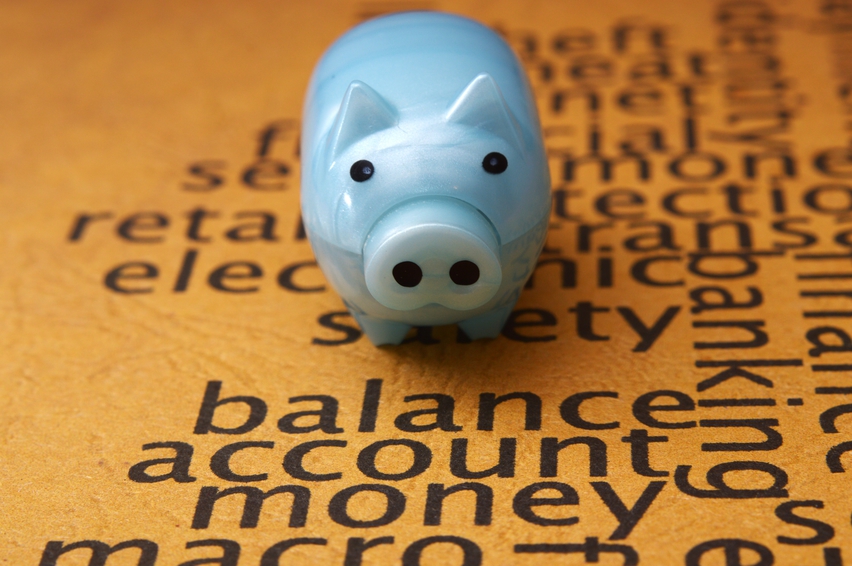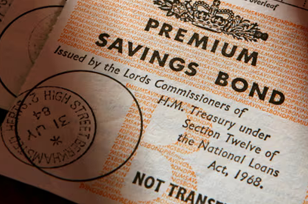Loans explained
A personal loan is a set amount of money, for a particular reason, that you borrow and pay back in instalments by an agreed date. There are different types of loans that have very different terms and consequences. It is important to choose the best type of loan for your circumstances.
The main differences are:
- Unsecured loan – this is a loan that is not secured by any of your assets (like your house). They are higher risk to the lender, so there are usually higher interest rates. Unsecured loans are often for lower amounts and over less time than other types of loan. But you avoid the stress of putting your assets on the line.
- Secure loan – this type of loan is secured by your property. That means that if you cannot repay the loan, the company can force you to sell our house to repay the debt. They are of lower risk to the lender, so there are lower interest rates and have longer minimum terms.
How do companies work out how much I can borrow?
Banks examine your credit history, income and other aspects of your financial life when they are considering if, and at what rate, they will give you a loan. It is important that you are in control of every detail of your finances before you apply, and that’s what our calculators and guides are there to help you with. They assess the likelihood of you defaulting on the loan and this may mean that your loan offer has quite a different annual percentage rate (APR) than advertised.
What is the APR?
APR stands for annual percentage rate and is applied to all loans. A lower credit rating means a higher APR. Having a difficult background with credit doesn’t necessarily mean that you won’t be given a loan – indeed, some companies specialise in low credit score loans. But they come at the price of much higher interest rates. So you really do have to decide if a personal loan is the best option and which one gives you the best value.
Getting the best loan for you
Decide what you want, evaluate your credit score, make sure your monthly budget can stretch to cover the repayments and then shop around. Compare and contrast is the only way to find the best value deal for you. Don’t just accept the first offer you get, if it’s the first deal you have looked at. Compare the APRs and make sure that you understand every clause before you sign. It is tricky legal language, but it’s in your best interests to know exactly what you are signing up to.














